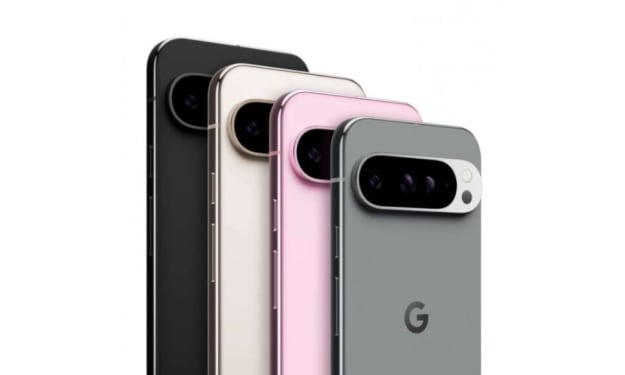Your Startup Needs a Great Story.
Here's How to Develop One

Storytelling is the key to building a strong startup brand. Develop your story with these 6 steps.
People love a good story. But more importantly, people buy from a good story. As Ian Rowden, Chief Marketing Officer of Virgin, once said, "The best brands are built on great stories." That's why storytelling is the best way to strengthen your brand.
No matter your industry, a compelling story can make or break your ability to differentiate your startup from dozens of others. It'll also power your marketing strategy.
Follow these steps to develop and refine yours.
- Build your mission around your customer's conflict.
This is the setting for your story. Every startup has a mission -- why else launch it? Put that mission into the context of the lives of your customers.
For my company, our customers have just started their business, or they've begun trying to brand and market it. Though they're highly skilled in their field, they may be new to marketing. They don't always have time to market their business, and they're not sure where to start.
That's why LogoMix's mission is to guide customers through the tools they need to market their business on a wide range of channels. We give them the no-frills basics required to get started.
- Empathize with their emotions.
Be personal. Make it emotional. Get to the heart of their inner conflict. How do you connect with them? It's the emotional touch that builds trust and understanding.
For us, our story touches on the fact that customers are excited about starting a business, but they feel uncertain about launching and promoting it. So we tell our story in a guiding and encouraging way.
We help business owners promote their business in a way that's straightforward -- addressing their challenges and uncertainty while encouraging the excitement of growing a business. We drive home our story of making things easy and friendly. People really see that when interacting with our brand. We know that because it comes up time and again in our online reviews.
- Understand why your version of this story is different.
Sure, many competitors are all trying to provide products and services to alleviate the same challenge. So what makes your resolution to their conflict different? And why is that compelling?
This differentiation can stem from:
- Background: Why did you launch your startup?
- Beginning: How did you found your company?
- Process: How do you do things differently?
- Product: What does it do that none else can?
For example, there are plenty of other small business branding and marketing tools out there. Our differentiation is that we started from nothing. Every one of our customers is in the exact same position we once were. And just like our startup and small business owner customers, we're a small business. So we truly understand their challenges.
We show customers where we work and who we are, so they understand who they're buying from. Part of our story is their story.
- Use your story to spark action.
Action is the difference between creative writing and marketing. While your story must be authentic, the end goal of branding and marketing is to spark action -- to make customers believe in you (and buy from you). That means you must tease them with the idea of a blissful world in which their conflict has been resolved.
With our customers, our platform means that they will no longer struggle to promote their business. They'll have the materials they need to be set up for success. We've eased their difficulties, and they get to grow their business at the same time.
- Simplify your story.
That means you must delete all that garbage jargon and simplify your story into a few quick sentences. No one will give your startup the time of day if you can't communicate who you are and why you matter in a few seconds.
For us, we've whittled this down to something along the lines of "branding made easy."
- Tell the same story everywhere.
When it comes to your startup's story, consistency is the key to success. On social media, in your ad campaigns, on your website, in your product briefs -- your story must sound and feel the same.
To manage this, document your story in a few different standardized formats. That includes everything from a Tweet-length single sentence, to 250 words, to 500 words. These standard texts will help prevent a team member from going rogue with their own version.
Storytelling is the key to a successful startup brand. With a great story, you'll connect with customers, employees, influencers, and investors alike.
About the Creator
Enjoyed the story? Support the Creator.
Subscribe for free to receive all their stories in your feed.






Comments
There are no comments for this story
Be the first to respond and start the conversation.